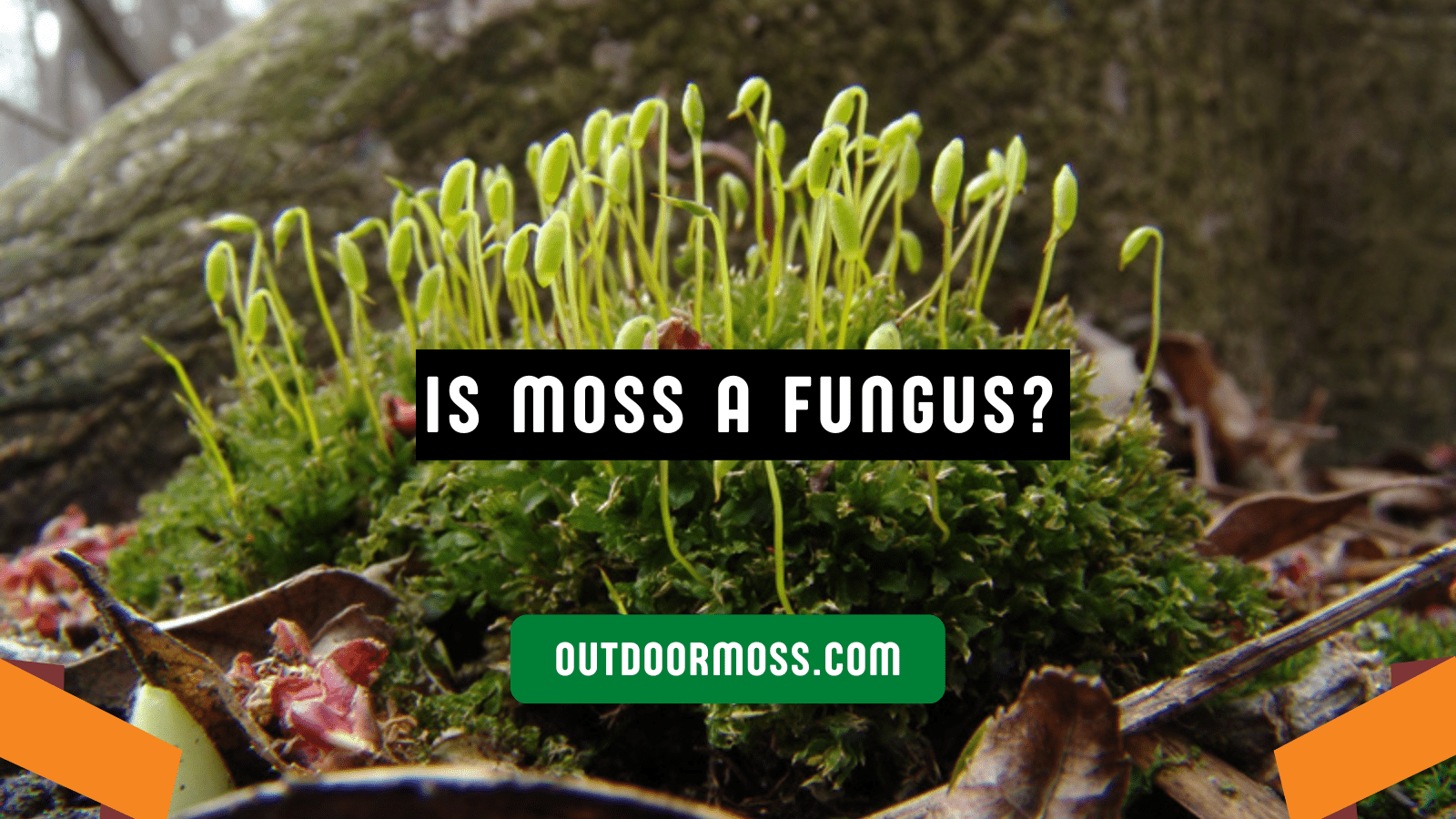
Does Algae Need Sunlight? The Surprising Truth!
Read more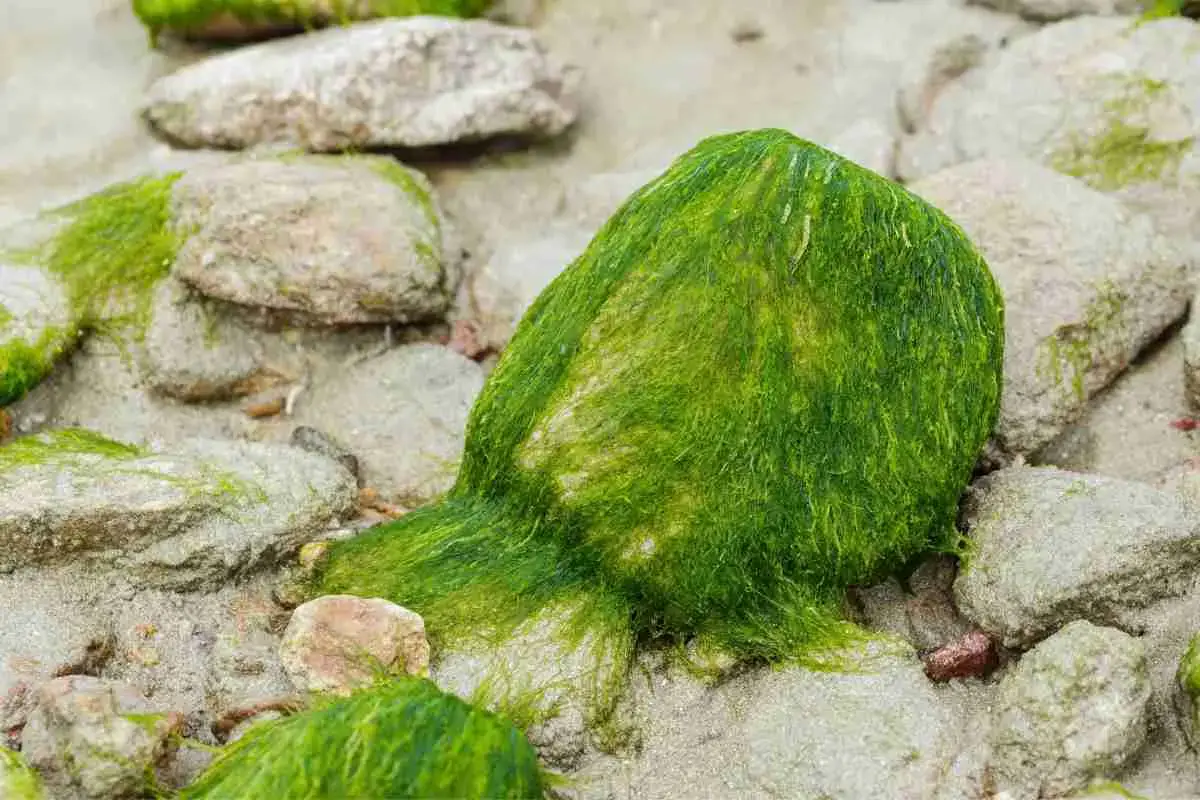
2 Methods For Growing Algae On Rocks!
Read more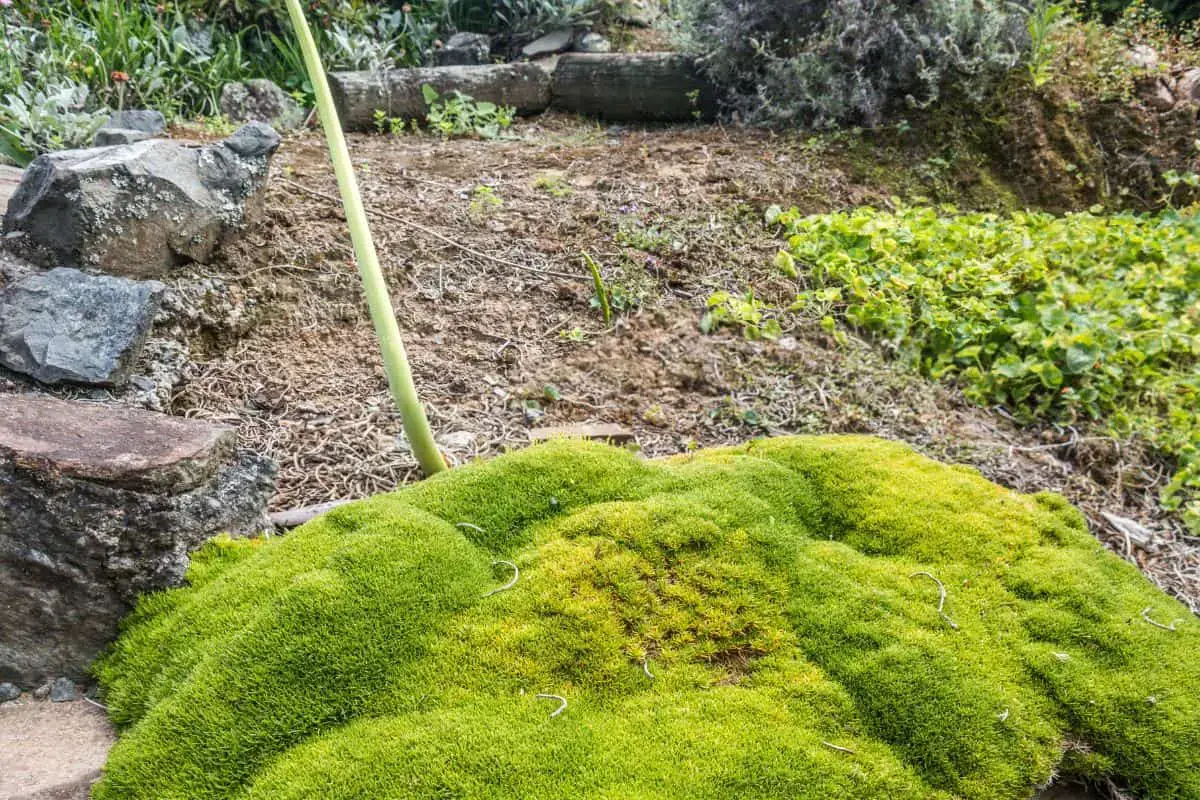
5 Steps To Make A Stunning Irish Moss Lawn
Read more
What Is A Moss Pole? And Why Are They Used?
Read more
5 Simple Tips To Remove Moss From Block Paving
Read more
How Fast Does Moss Grow? Detailed Guide
Read more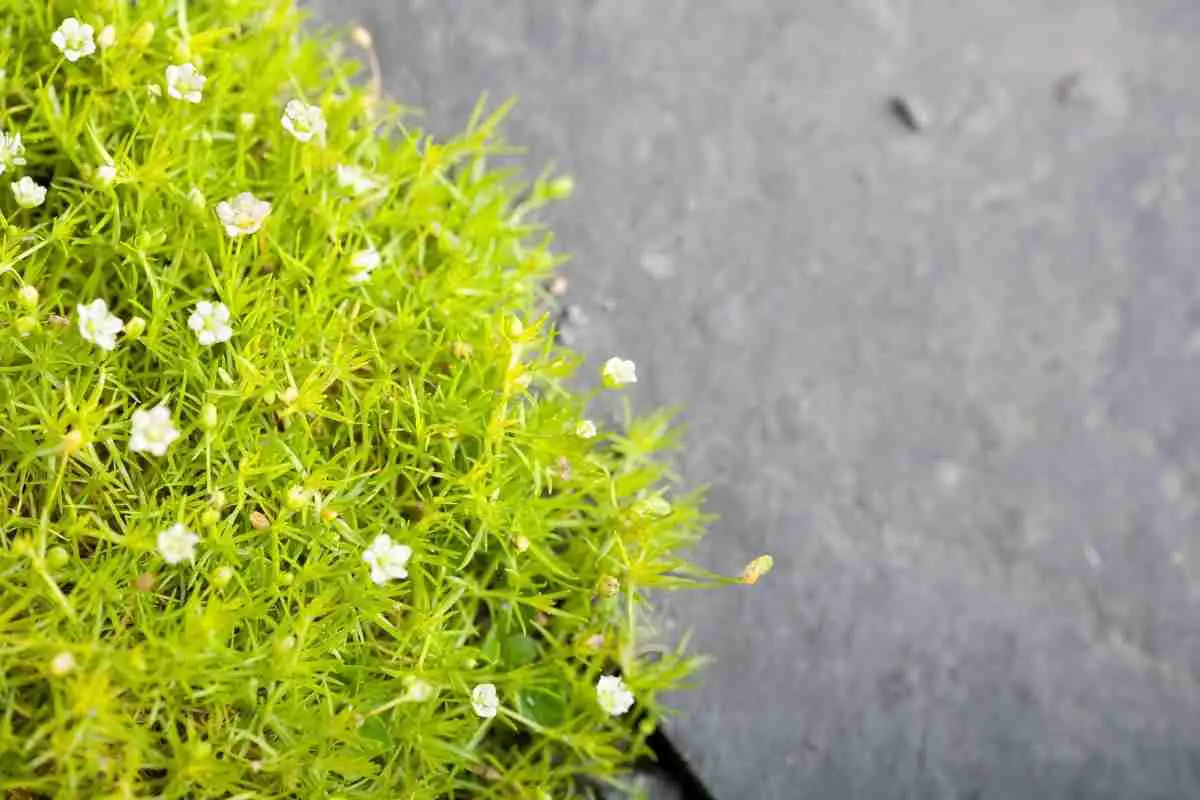
How Fast Does Irish Moss Spread?
Read more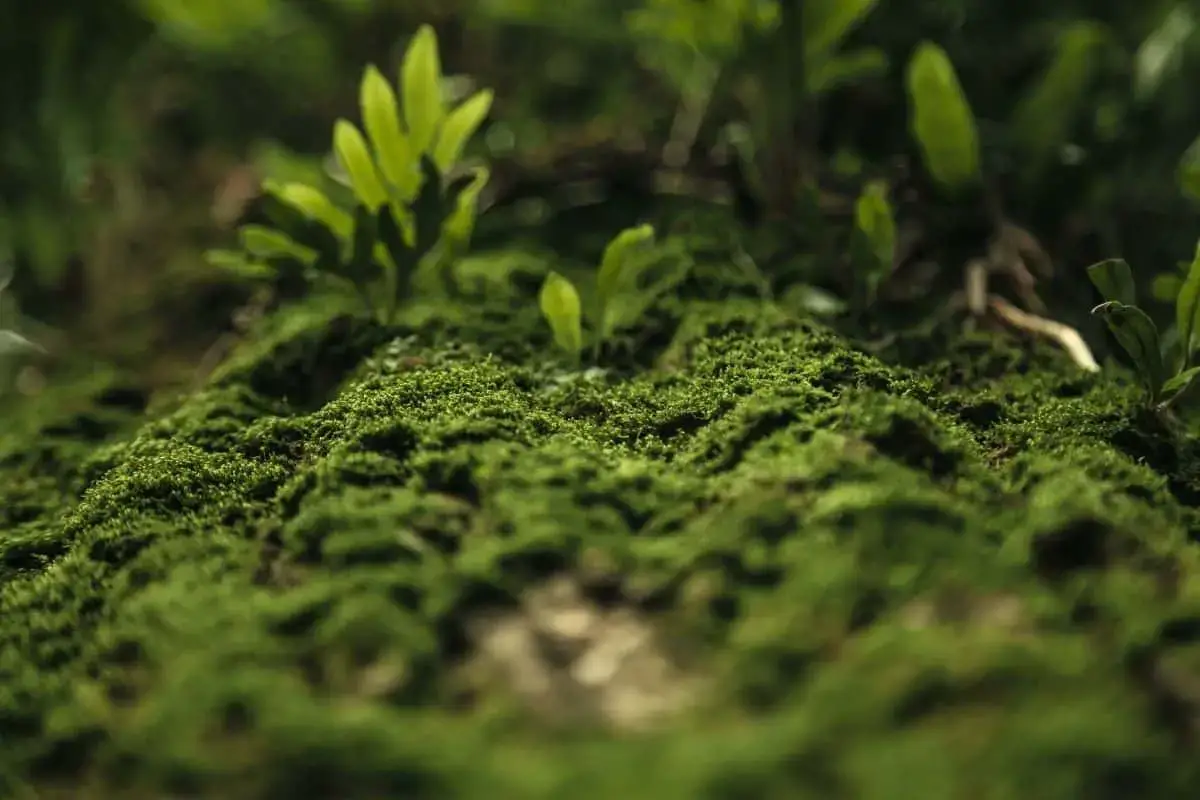
What Does Moss Eat To Survive?
Read more![The Dark Side of Moss. What side of the tree does moss grow on? [Simple Explanation]](/img/side-of-the-tree-does-moss-grow-on.jpg)
The Dark Side of Moss. What side of the tree does moss grow on? [Simple Explanation]
Read more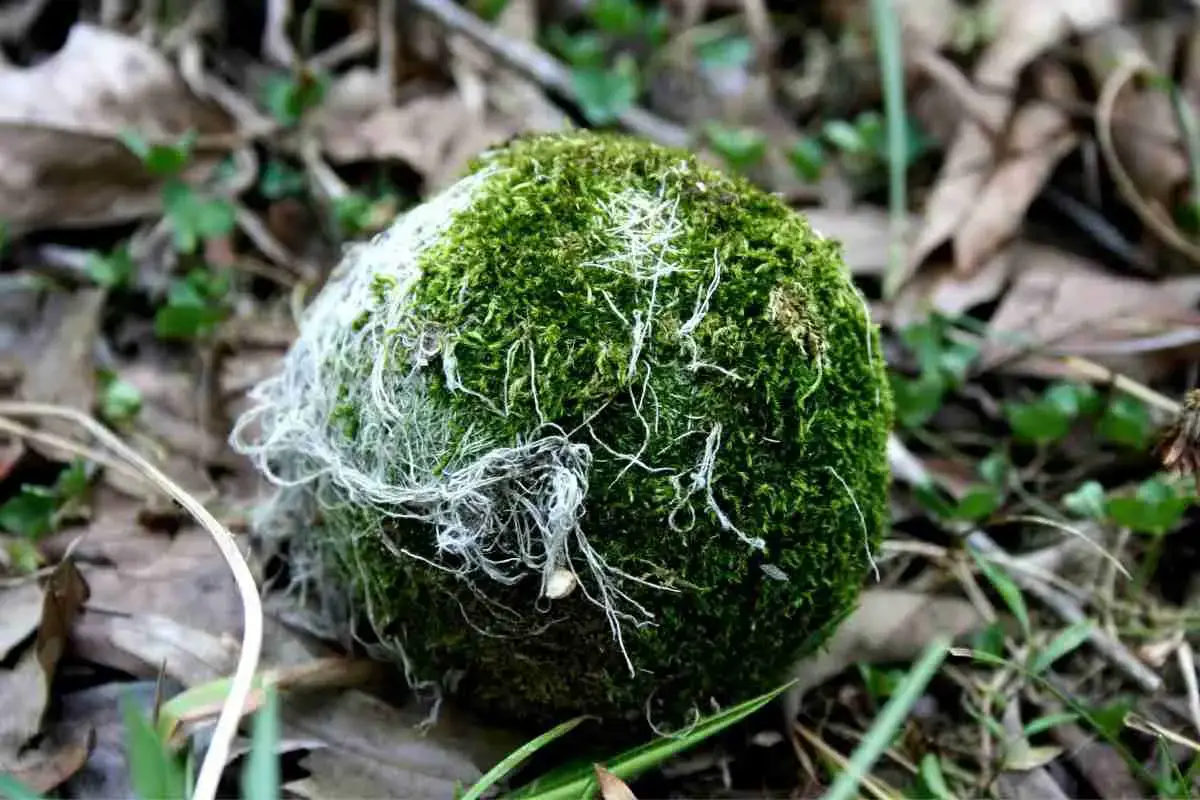
Are Moss Balls Alive? Everything You Need To Know!
Read more
8 Simple Tips For Keeping Moss Alive!
Read more